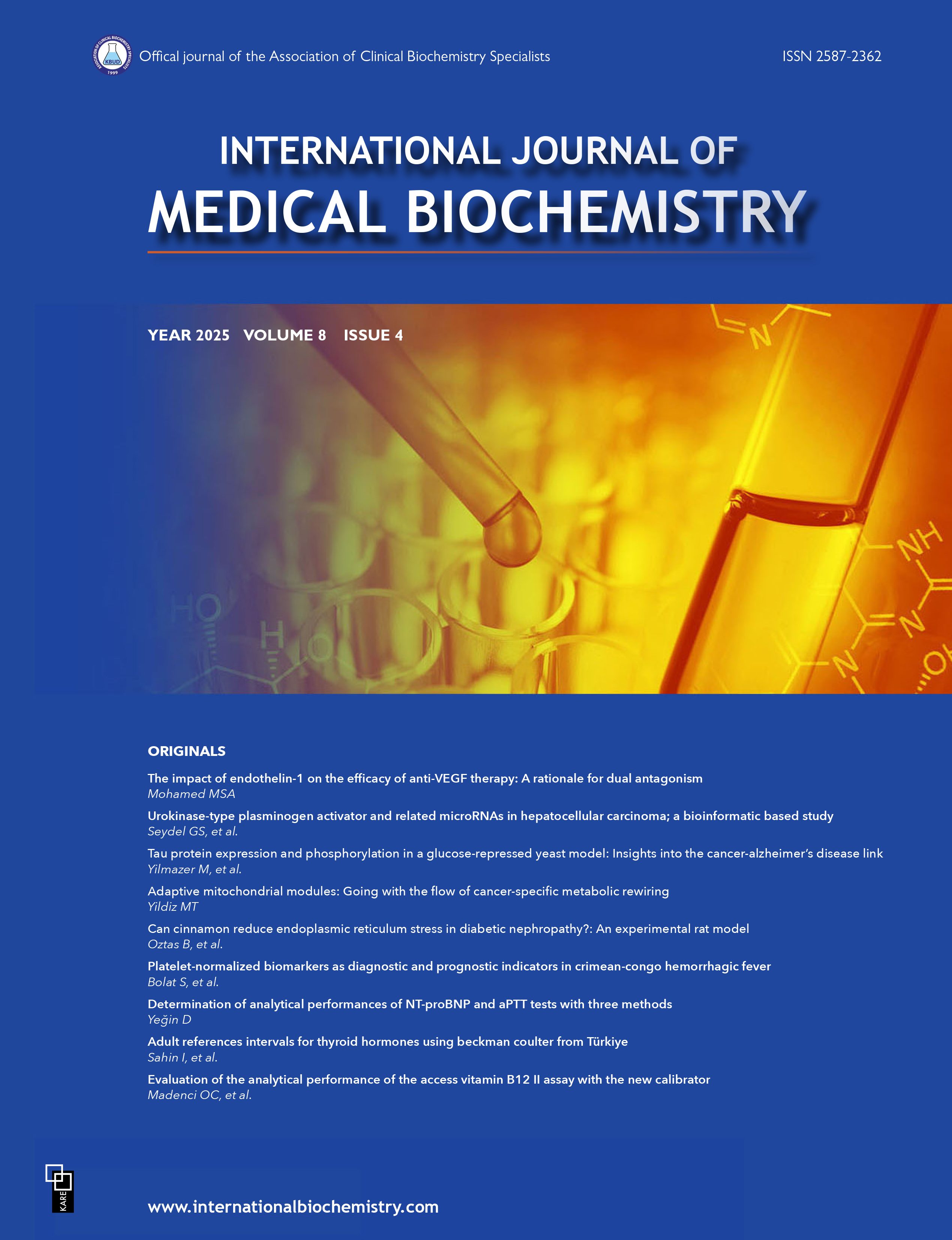Biomarkers of a Football Match-play - Internal load analysis using Technical Soccer Specific Aerobic Field Test (TSAFT90)
Janani Gopalakrishnan1, Kaveen Dharanirajan2, Zanetta Petra Brewart2, Santhi Silambanan3, Thiagarajan Alwar1, Arumugam Sivaraman11Department of Arthroscopy and Sports Medicine, Sri Ramachandra Centre for Sports Science, Sri Ramachandra Institute of Higher Education and Research, Chennai, India2Department of Sports Science, Sri Ramachandra Centre for Sports Science, Sri Ramachandra Institute of Higher Education and Research, Chennai, India
3Department of Biochemistry and Clinical Nutrition, Sri Ramachandra Institute of Higher Education and Research, Chennai, India
INTRODUCTION: The study measured the magnitude of physiological, immune, endocrine, and muscle damage markers of exercise-induced fatigue using the Technical Soccer Specific Aerobic Field Test (TSAFT90). We examined the effect of fatigue on performance and recovery at 24 hours post-exercise using biochemical indices.
METHODS: Professional football players (n=30) with a mean age of 19.20 years participated in the study during their preseason. To induce fatigue, participants underwent a 90-minute fatigue simulation program, TSAFT90. Venous blood samples were collected at baseline, 0-hour, and 24 hours post-fatigue. Analyzed markers included fatigue metabolites (lactate and uric acid), endocrine response marker (cortisol), muscle damage marker (creatine kinase), immunological markers (leukocytes, lymphocytes, neutrophils, and monocytes), inflammatory marker (CRP), hydration indicator (serum osmolality), and recovery marker (magnesium). Ball velocity and a 7-point Likert scale for muscle soreness were recorded to assess performance and perception of fatigue, respectively.
RESULTS: All biomarkers studied were significantly elevated (p<0.05) at 0 hours post-fatigue. Uric acid, creatine kinase, leukocytes, monocytes, CRP, serum osmolality, and magnesium remained altered at 24 hours. Ball velocity significantly reduced post-fatigue (p=0.04) from 94.67 km/hr to 90.47 km/hr, whereas there was no change in the soreness scale.
DISCUSSION AND CONCLUSION: The failure of the biomarkers to return to baseline levels within 24 hours indicates disrupted homeostasis. Monitoring the internal load with biomarkers aids in formulating strategies that can delay or mitigate fatigue and help achieve optimal performance and recovery, thus reducing the likelihood of injury.
Manuscript Language: English







